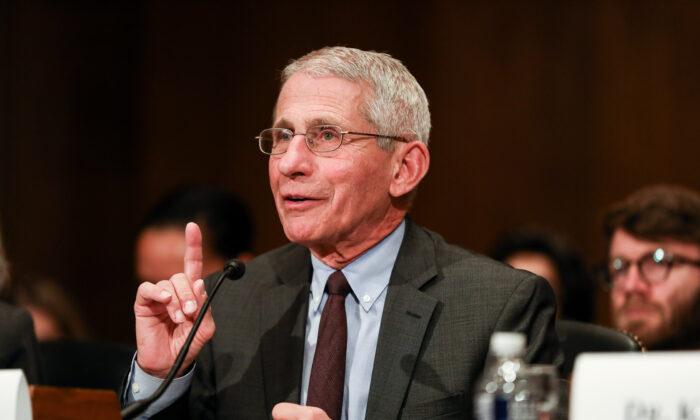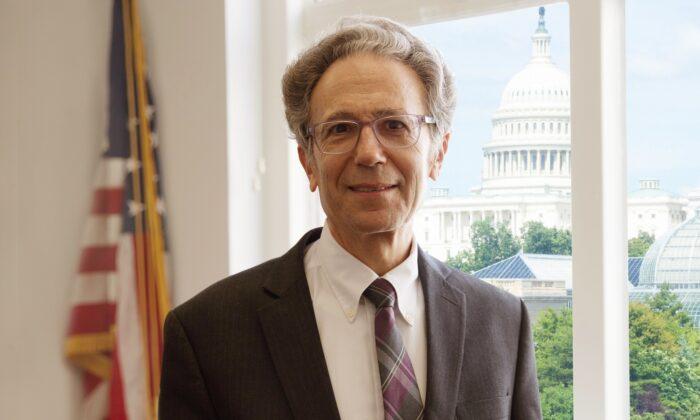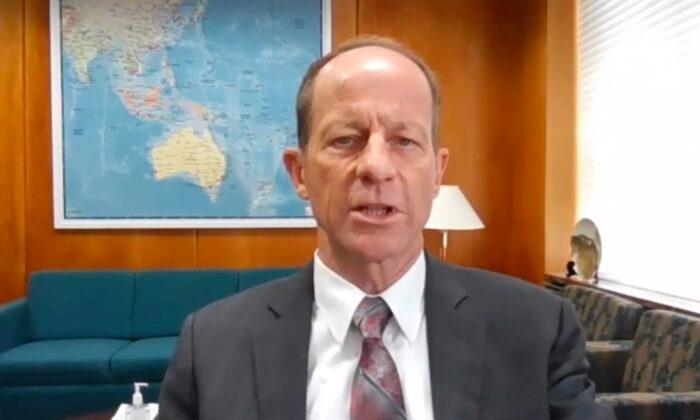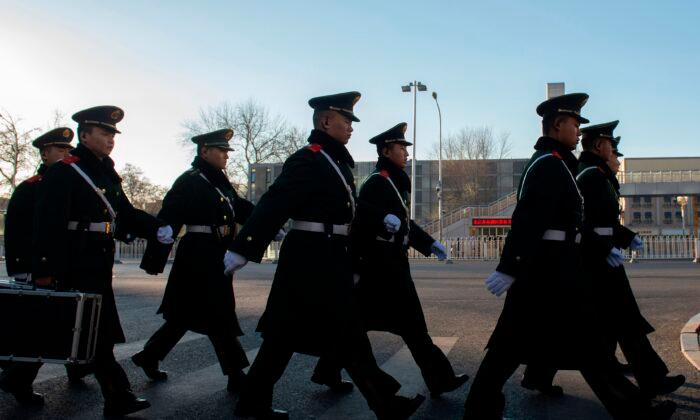Four key Trump administration public health officials tasked with coordinating efforts to control and contain the rapidly spreading coronavirus testified to a Senate committee about the government’s efforts to deal with the threat of COVID-19, the disease that’s threatening to become a worldwide pandemic.
COVID-19 has now killed more than 3,000 people globally. Alexander summarized what has been done so far to fight the spread of the virus, which has now killed nine people in the United States, of whom at least three became infected while outside U.S. borders.
Travel bans preventing visitors from countries with high infection rates from entering the United States have been put in place, Alexander said. At the same time, travel warnings have been issued by the State Department. Italy, Iran, and South Korea are on the list.
Americans who ignore those warnings would invalidate their travel insurance should they become sick there, insurance companies have said.
“When a crisis occurs we often need money quickly,” Alexander said. “That’s why Congress has created two funds: the Public Health Emergency Fund and the Infectious Disease Rapid Response Fund.
“For example, [Health and Human Services] Secretary [Alex] Azar has already used $105 million of the Rapid Response Fund, and using authority Congress has given him, he’s transferring $136 [million] from other programs in his department to respond to the coronavirus.
“And the Trump administration has requested an additional $2.5 billion.”
Meanwhile, the House on March 4 passed a roughly $8.3 billion emergency coronavirus package to tackle the spreading epidemic. The measure now heads to the Senate, which could approve the measure as soon as March 5 and send it to the president for his signature.
Work in the United States to develop a vaccine for the coronavirus is progressing at a more rapid pace than on any previous project, Alexander told the committee. And national laboratories, such as those at Oak Ridge and Livermore, are using their supercomputer capabilities to try to understand the virus.
At the same time, Alexander said, “we should explore the dependence we now have on other countries for health supplies.”
Vaccines and Therapy
Dr. Anthony Fauci, director of the National Institute of Allergy and Infectious Diseases at the National Institutes of Health, said that there are two forms of intervention against the disease: therapy and vaccines.“The timelines for each of these are fundamentally different,” he said.
First looking at therapy, Fauci stressed that “about 80 percent of individuals who get infected do rather well without intervention, and they spontaneously recover.”
Fifteen to 20 percent of patients need treatment, however, such as oxygen, Fauci said. But he said it’s important to remember that although the technology we have “has allowed us to develop a vaccine in the fastest time we have ever done ... that entire process will take one to one and a half years.”
Nonetheless, Fauci said, “I expect we can inject in two months, and maybe six weeks,” after which the process will go to a second stage and clinical testing.
Fauci reminded the committee that one of the primary principles of medical ethics is “do no harm.”
Dr. Robert Kadlec, assistant secretary for preparedness and response at HHS, said that “during the Ebola crisis, Congress developed a national Ebola plan. That training was vital to how we managed to get Americans out of Wuhan and off the Diamond Princess [cruise ship].”
Striking a Balance
Sen. Tim Scott (R-S.C.) tried to put the situation into perspective.“One thing I’m not concerned about is enough money,” Scott said. President Donald Trump said in a Feb. 29 news conference that he would accept whatever amount Congress decided upon.
“I think we haven’t had enough conversation about putting this virus in context,” Scott said. “Eighty percent may have a fever or cough, and 20 percent ... are at more risk.” But, he said, we’re “seeing it hyped up.” There are “those who are alarmist and then those who are acting with a sense of urgency but not being alarmist at all.”
Fauci said, “Every single year, the flu does significant damage to the U.S. and to the world. [But] we know the bracket of how many people are sick and dying.” Such is not yet the case with COVID-19, he suggested.
Dr. Anne Schuchat, principal deputy director of the U.S. Centers for Disease Control and Prevention, added to Fauci’s remarks. “In a large population, most people will have a mild reaction.”
Test Kits
Sen. Patty Murray (D-Wash.), the ranking Democrat on the committee, asked about testing kits.“I’m hearing from professionals that a million tests” will be available “by the end of the week,” she said.
Dr. Stephen Hahn, commissioner of the U.S. Food and Drug Administration, confirmed that 2,500 kits, each containing 500 tests, would be available by the end of this week. In later testimony, he added a caveat.
“We know this manufacturer well, and they have said they can get 2,500 kits out by Friday. [But] I want to distinguish between the ability of getting the kits out to the labs, and their ability to do the test,” Hahn said.
Schuchat reminded the committee that “not everyone needs a test. We have guidelines for flu and have adapted them for this.”
Sen. Pat Roberts (R-Kan.) offered the witnesses a vote of support.
“This is a very unique committee; we are bipartisan. I think part of our job is to stay with you when you’re taking the boos, and stand behind you when you’re taking the bows,” he said.
Meanwhile, Murray asked the witnesses, “Yes or no, can the American people count on you to be 100 percent transparent, even if you have to contradict a tweet from somebody?”
All of the witnesses said, “Yes.”





Friends Read Free